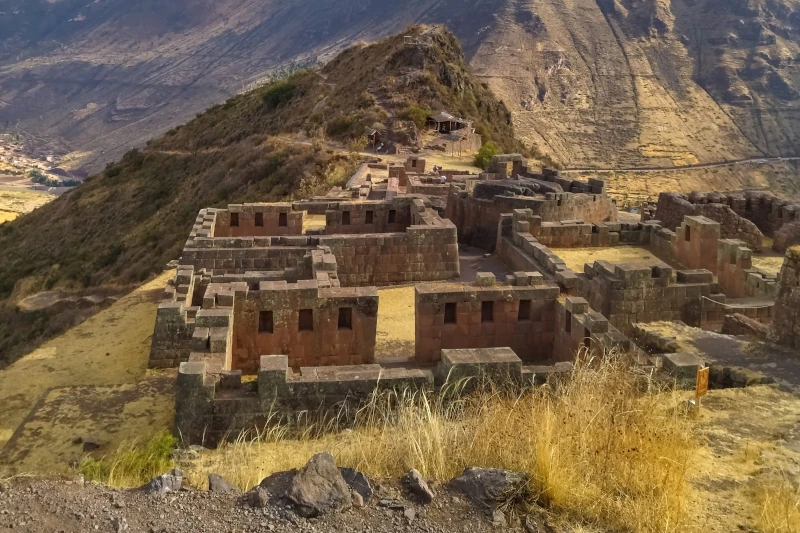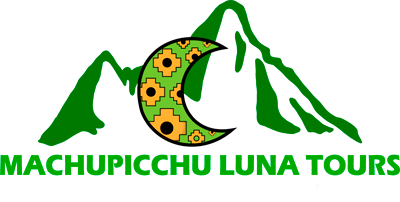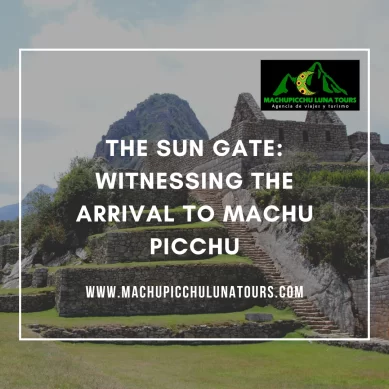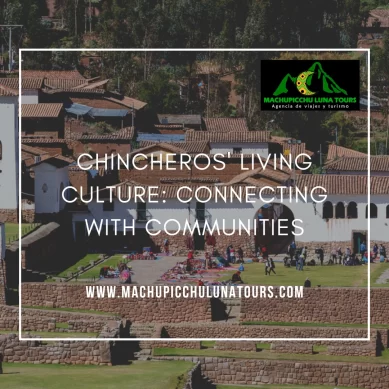High in the rolling Andean hills of Peru, nestled amidst verdant terraces and embraced by rugged mountains, lies the Inca citadel of Pisac. As one of the paramount architectural masterpieces of the ancient world, it stands as a poignant testament to the Inca civilization’s incredible achievements. In this article, we will explore the profound cultural and historical significance of this sacred place.
Thus, we invite you to traverse time and geography as we delve into the mysteries shrouded by centuries, exploring the breathtaking beauty, intricate architectural genius, and fascinating cultural heritage of Pisac. By decoding the citadel’s stonework, we will attempt to understand the lives of the Incas, their astronomical knowledge, agricultural innovations, and the spiritual ethos that guided their existence.
Reaching for the sky: The astonishing architecture of Pisac
The Inca Citadel of Pisac crowns the Peruvian Andes with majesty. Its terraced ruins overlook the Sacred Valley, once the heart of the Inca Empire. Just like its famous sister site, Machu Picchu, Pisac reflects the Inca’s extraordinary architectural skills.
However, Pisac distinguishes itself through its unique geographical adaptation. The site mirrors the rugged mountain topography. Here, the Inca didn’t conquer nature, they partnered with it. Each structure and terrace is a testament to this harmony.
Furthermore, the citadel was meticulously planned. It includes residential areas, ceremonial spaces, and farming terraces. All are seamlessly integrated with the mountainside. The stones, perfectly cut and fitted, withstand the test of time.
A marvel of Pisac is its sophisticated water system. Ingenious canals channel the mountain springs throughout the site. Thus, these canals facilitated agriculture, everyday life, and religious rites. This remarkable feature shows the Inca’s deep understanding of hydrology.
Pisac’s proximity to Cusco, the Inca’s sacred capital, is not a coincidence. It was a strategic outpost, protecting the southern entrance to the Sacred Valley. Thus, Cusco, Pisac, and Machu Picchu form a trinity of Inca brilliance.
Many secrets still shroud Pisac. Its sun temple, perched on the highest terrace, puzzles researchers. Theories propose it was a key calendar-keeping site. But the full truth may forever remain a part of the Andean winds.
In the shadow of Machu Picchu, Pisac stands as an underappreciated gem. It encapsulates the astonishing architectural prowess of the Inca civilization. Thus, their legacy reaches beyond time, skyward, carved into the stone heart of the Sacred Valley.
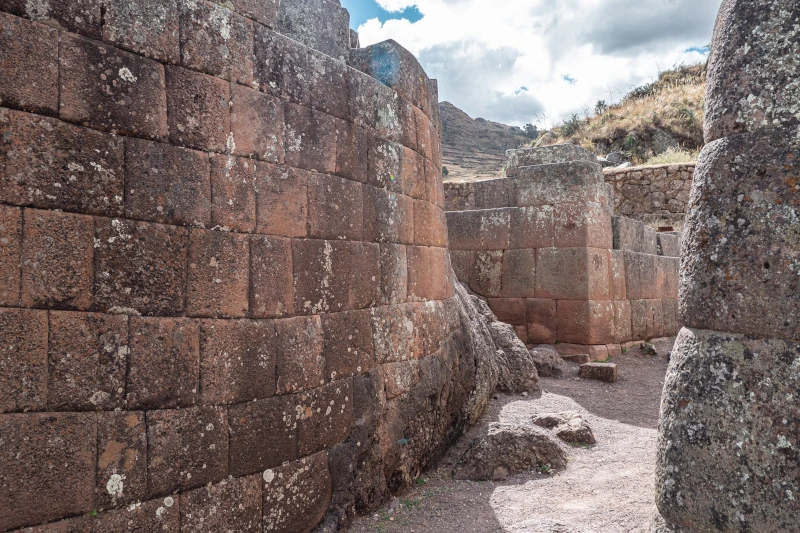
Bountiful terraces: Pisac’s agricultural mastery
The terraced fields of Pisac are marvels of agricultural innovation. These structures sweep across the mountainside like vast, green stairways. As integral as they are picturesque, they sustained the Inca civilization in this harsh environment.
Each terrace is a testament to Pisac’s engineering ingenuity. The intricate system of walls retains soil and improves water distribution. Meanwhile, it protects against both erosion and landslides. The terraces illustrate the Inca’s mastery of their environment.
They also reveal another level of sophistication. Their design reflects an understanding of microclimates. By altering terrace heights and orientations, different crops could flourish. This ingenious approach diversified their food supply.
Importantly, Pisac was not alone in this. Terraces dot the entire Sacred Valley, from Ollantaytambo to Choquequirao. Each site had its own agricultural specialty. Together, they fed a vast empire, demonstrating the strength of Inca agricultural knowledge.
At Pisac, the main crops included maize and potatoes. They also cultivated quinoa and other native plants. The variety helped mitigate the risks of crop failure. This agricultural strategy supported a large population in the unforgiving Andean climate.
Despite centuries of change, these terraces continue to thrive. Local communities still cultivate them, honoring their ancestors’ wisdom. They provide not just food, but a connection to the past.
Tourists are often mesmerized by the terraces’ visual appeal. However, their true beauty lies in their functional design. It’s a marriage of necessity and innovation, deeply rooted in the Incan ethos of harmony with nature.
In essence, Pisac’s bountiful terraces are the lifeblood of the citadel. They highlight the Inca civilization’s remarkable agricultural expertise. These terraces, still green and vibrant, carry the whispers of a glorious past into the present.
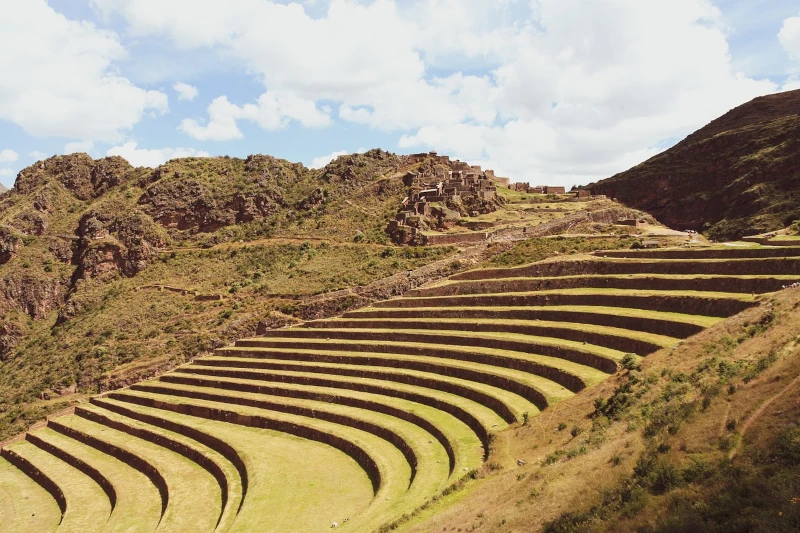
The cosmic citadel: Astronomy and spirituality in Pisac
Astronomy and spirituality are intertwined in Pisac’s grand design. The citadel’s architecture mirrors celestial phenomena. Thus, it’s a testament to the Inca’s cosmological knowledge and beliefs.
Pisac’s most intriguing feature is the Intihuatana, or “Sun Dial ”. Perched on the highest terrace, it seems to reach for the heavens. During the solstices, the sun’s rays interact with the Intihuatana in specific ways. This suggests Pisac’s role in tracking the sun’s yearly journey.
But it’s not just about solar patterns. Some believe the site’s structures align with important constellations. These celestial bodies held spiritual significance for the Incas. Their deities often took the form of heavenly objects or natural phenomena.
Furthermore, the Incas’ deep respect for nature is evident. Their rituals, agriculture, and architecture were influenced by celestial events. Pisac, as a cosmic citadel, served as a hub for these activities. It’s a place where spirituality and science converge.
Today, the ruins invite us to ponder the stars. Here, modern technology meets ancient wisdom. Thus, it offers a rare chance to grasp the complexity of Inca’s celestial understanding.
Are you intrigued by Pisac’s cosmic connections? Then you might consider further adventures in the Peruvian Andes. The Vinicunca Rainbow Mountain tour provides a stunning display of geological wonders. For night-time explorers, the Waqrapukara stargazing tour offers a chance to gaze at the very stars the Incas once studied.
Both trips deepen our appreciation of the Inca’s connection to the natural world. Pisac, with its deep roots in astronomy and spirituality, is just the beginning. The Peruvian Andes beckon with endless mysteries, waiting to be unraveled under the sky’s watchful eyes.
